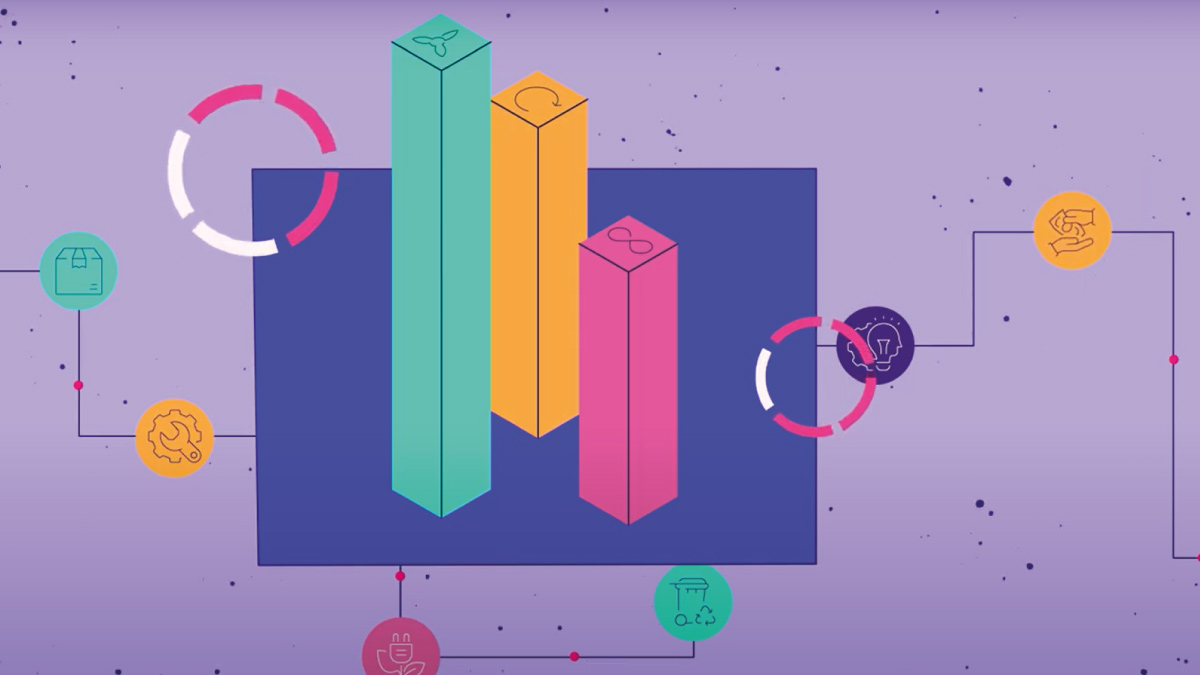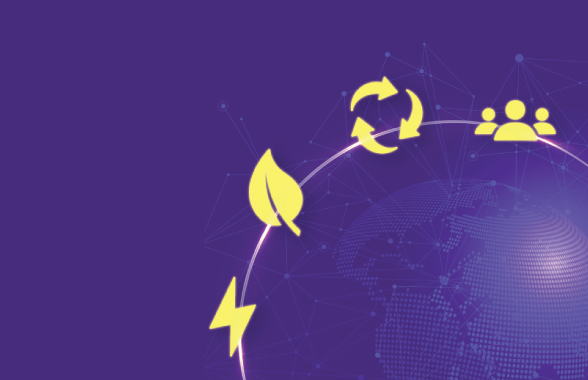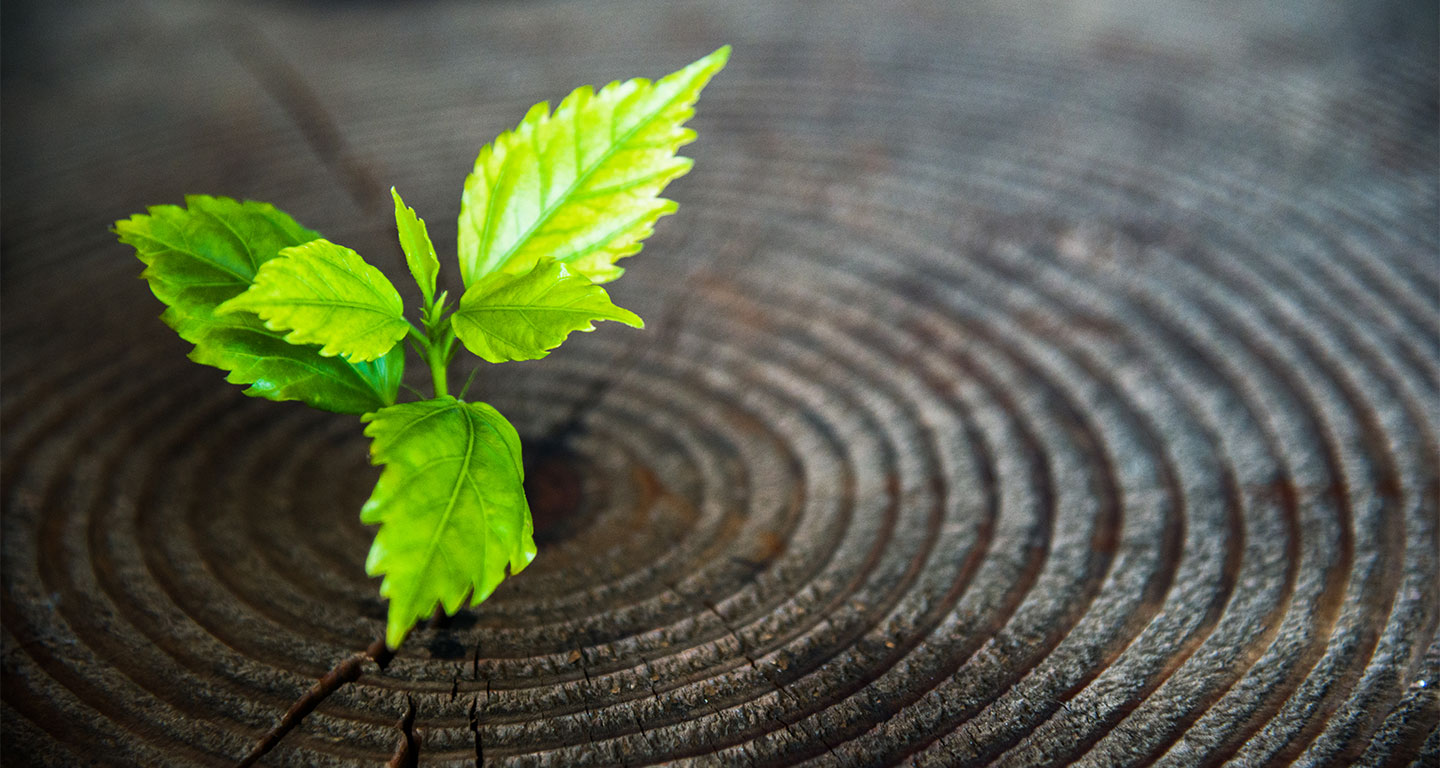The circular economy includes keeping resources in use for as long as possible, extracting the maximum value from them, and then recovering, renewing and reusing products and their components when they are no longer serviceable. The circular economy replaces a linear take-make-waste economic model with a closed loop model that minimizes waste, emissions and pollution. The definition of circular economy shows that this process starts at the very beginning of a product’s life cycle: circular product design and production processes can help save resources such as water, metals and other raw materials, avoid inefficient waste management, and create new business opportunities and jobs, according to the EU.
Benefits of circular economy include tackling challenges such as biodiversity loss, waste disposal, and pollution.















